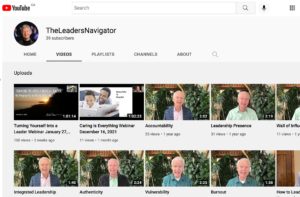Five Common Mistakes Leaders Make That Break Trust
We all understand the importance of trust and how it’s the glue that holds organizations together. However, trust is like a delicate flower. What can take years to earn can be destroyed in a decision.
What are the biggest mistakes leaders make to break trust – and how can we avoid them? We all get that lying, stealing, committing fraud, or making ethical or legal violations will destroy trust. But there are also more subtle, pervasive, corrosive actions that will erode trust in relationships if we aren’t conscious.
- Making sloppy agreements. Don’t be vague about when you’ve promised to do something.
- Not showing up on time. Some people don’t care if you’re five minutes late to a meeting. For others, it will cost you a contract or even a job. Why take the chance?
- Gossip. Make up your mind to be loyal in people’s absence. It will earn you self-respect and the respect of others.
- Not delivering on promises. Be a person who never makes a promise they don’t intend to keep.
- Covering up errors. No one will ever think less of you for putting your hand up and saying, “I’m responsible for that.”
Are you guilty of any of the mistakes that erode trust? Decide to be a leader that fosters trust by avoiding the mistakes that break trust.



